Advertisement
MIT Museum Celebrates Photography As A Tool For Communicating Science

Felice Frankel was walking down Beacon Street when a tree shrink-wrapped in cellophane caught her eye.
She didn’t have her camera on her person, but she used her smartphone to snap a few closeups of what she describes as “stunningly beautiful” condensation on the inside of the cellophane. The cellophane looks like a thin sheet of ice coating a bubbling liquid below the surface of a pond, the bottom lined with craggy stones.
She sent the photos to some friends with the following question attached: “What do you think you’re looking at, and can you explain what’s happening?”
Frankel is a science photographer and research scientist in the Center for Materials Science and Engineering at MIT. Her photographs are currently featured at the MIT Museum’s exhibition “Images of Discovery: Communicating Science through Photography.”
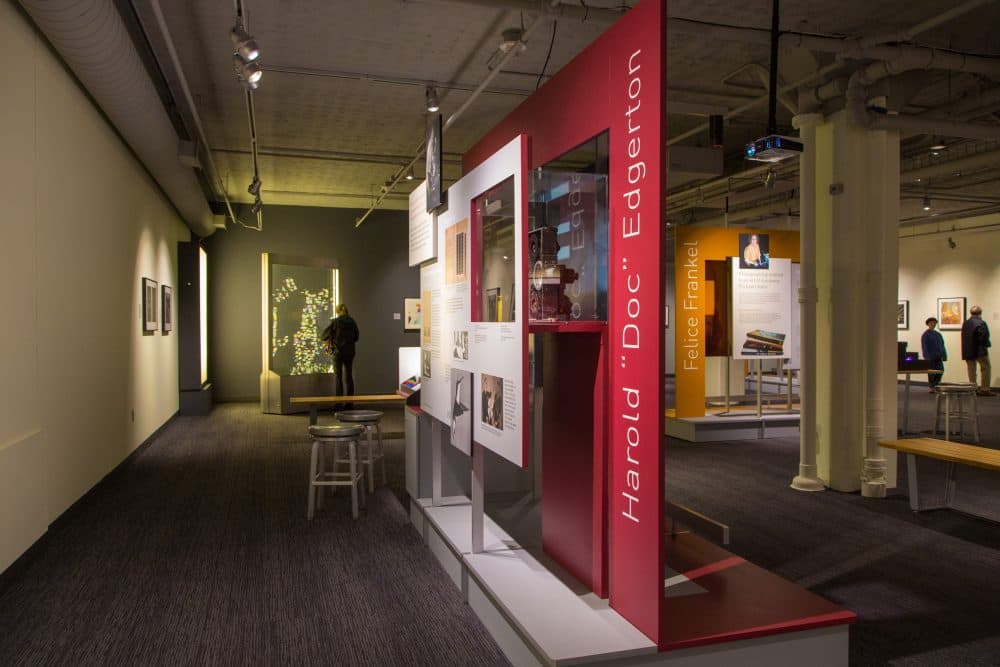
They’re alongside the work of two 20th century science photographers, Harold “Doc” Edgerton and Berenice Abbott. Edgerton received a master's in electrical engineering from MIT in 1927 and a doctorate from the university in 1931. He then taught at MIT for over 40 years, using photography both to supplement his research and as a tool to help him answer scientific questions.
Abbott’s career began as a portrait and urban landscape photographer in the '20s and '30s. Her best known work is in the book "Changing New York," a collection of her photographs of New York's rapidly developing infrastructure and its effect on the city's people. According to her official archive, it was after "Changing New York" that her interests in invention and science photography blossomed. Abbott was hired to take pictures for an MIT-led effort to enhance high school physics curricula in the 1950s. She spent the last 25 years of her life photographing landscapes in Maine.
The exhibit is a lot to take in at first. The large room’s walls are lined with dozens of photographs. Larger display panels are paired with interactive stations placed throughout the room.
Advertisement
A panel at the entrance explaining the exhibit’s purpose helps narrow your focus. It explains how scientists can use photography to better understand their own subjects. It states, “By looking and then carefully composing an image, you see details you may not have noticed before.” It also emphasizes the role photography can play in science education and communication: “Images can help us … communicate our understanding to other people more effectively.”
Edgerton both popularized and revolutionized the science photography movement in the early 1930s when he developed a high-speed camera to diagnose problems with motors that the naked eye couldn’t see. He replaced mechanical shutters with a stroboscope, which flashes intense bursts of bright light to expose each frame of the film. The engineer’s high-speed cameras moved film through the camera at 200 mph and could take as many as 15,000 photos a second. Edgerton’s use of the stroboscope in high-speed photography played a pivotal role in the development of the slow-motion videos that now permeate popular culture. Just think of the fight scenes in “The Matrix” or any highlight reel from the NBA Finals.
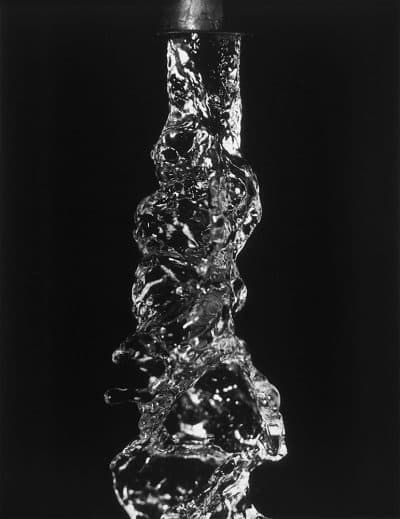
Some of his photos capture scientific phenomena that the human eye can’t perceive. His photo of a golf club hitting a golf ball reveals that the club’s impact compresses the ball as if it were a kicked hacky sack. “Bullet Through Balloons” is an ingenious portrayal of how a balloon pops; a single image of a bullet traveling through three balloons represents three different stages of the popping process. Others capture the often unnoticed beauty and complexity in the natural world. Take, for example, his 1932 photograph “Water From a Faucet” — the mundane title describes exactly what we see when we turn on the tap. But the close-up shot of a stream of water gushing out of the metal cylinder draws your attention to the flow’s turbulent spiral, to its urgency and power.
“Graceful Leap” (1938) is simply a beautiful depiction of a body in motion. A woman in a billowing white dress leaps across a black background. The irony of this photo is that only by exposing each frame of film for such a short period of time is Edgerton able to show with precision exactly where the leaper is coming from and where she and her limbs are going. The folds of her silky thin dress ripple out from her calves, and despite the black background you can still sense the tension with which gravity tugs her back to earth. The shorter the amount of time the frame captures, the longer the story it tells.
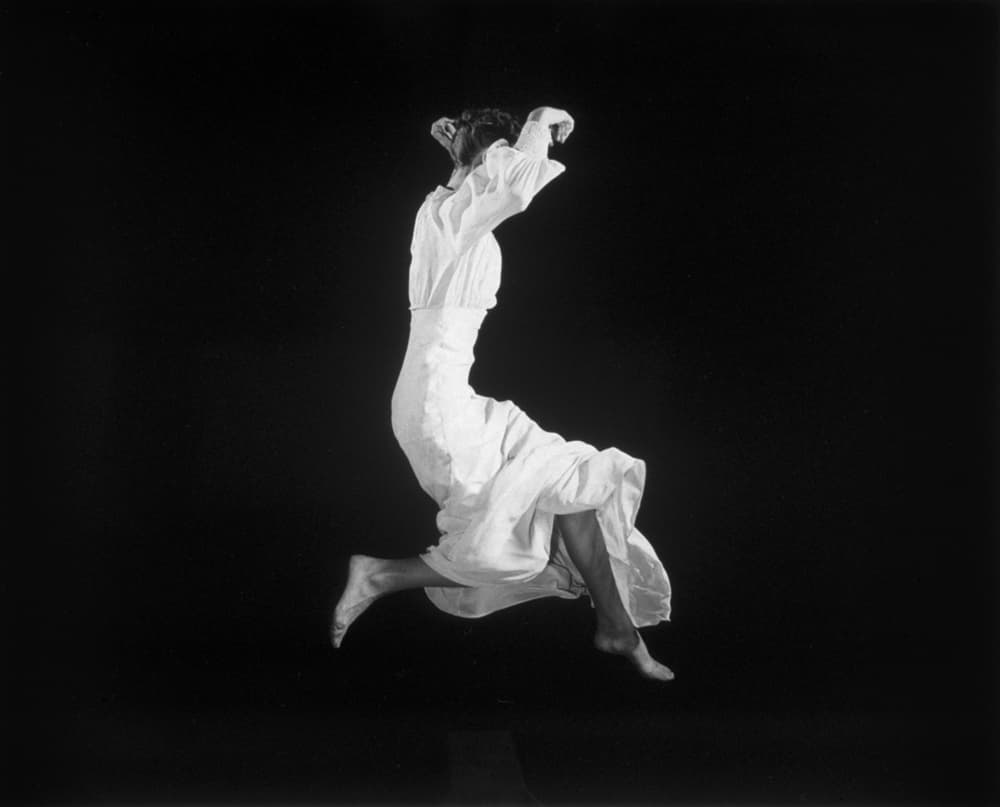
Also on display is the 1941 Academy Award-winning short film “Quicker ‘n a Wink,” a compilation of near-instantaneous events captured and played in slow-motion thanks to Edgerton’s revolutionary camera. The film includes slow-motion shots of droplets of milk splashing on a liquid surface and a crown of milk the splash births, a hummingbird’s flapping wings and a dropped cat landing on its feet — an envy-inspiring display of feline agility.
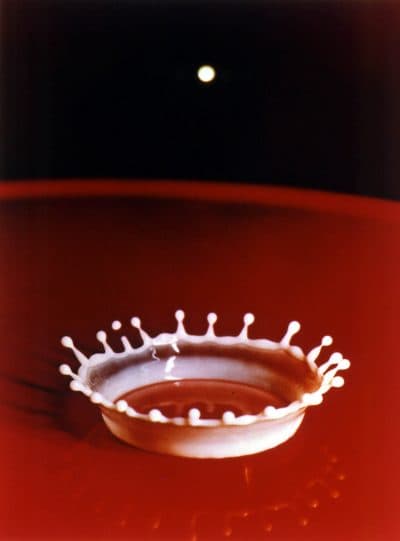
Abbott took photos for MIT’s Physical Science Study Committee, a high school physics curriculum reform project, including their textbook’s cover. She tried to demonstrate key physics concepts to students in order to give them an intuitive grasp of abstract theories, such as conservation of momentum or energy transfer. The 1958 photo “Spinning Wrench” shows a sequence of images of a wrench in motion. While the handle and jaw rotate, the center travels in a straight line, which demonstrates Newton’s law of constant velocity (that’s the first one). Her photos of light and water, such as “Light Travels Through a Prism” and "Water Waves Change Direction," depict how waves are manipulated by different forms of matter, the images of bending and refracting curved lines reminiscent of cubist art.
To Frankel, science photography is an educational undertaking — she calls it “an art of discovery.” Her pictures are accompanied by text explaining the science behind the image, and Frankel says that she wants people to really look hard at her photos and see that science is everywhere around us. Frankel is first drawn to a subject because of its beauty or, as she says, its “elegant aesthetic.” But part of that beauty lies in the simple scientific truths the pictures depict, and she wants her audience to be aware of and get excited by those truths. The process of taking the photos can help Frankel to better understand the science behind her subjects as well.
She also feels that images are an essential part of a student’s education. In her July 2004 “Nature Materials” commentary "The power of the ‘pretty picture' " Frankel writes, “The process of producing a simple drawing or sketch to communicate a particular concept is a powerful teaching tool. Isn’t that how we already informally talk to each other?” A 2012 article on MIT’s website explains that Frankel’s vision was “to get students to make drawings representing their understanding ... while giving teachers a clear sense of student misconceptions — and of exactly which concepts require further explanation.”
Sometimes, it takes drawing something to realize what parts of the concept you don’t understand.
Since her photos are learning tools, she insists that she’s not an artist, instead preferring the title of “visual journalist.” Part of her purpose is to communicate a scientific fact, which she says makes her field a more rigorous one. “One gets a little closer to objective truths in science and tries to get to know something a little better,” she explains.
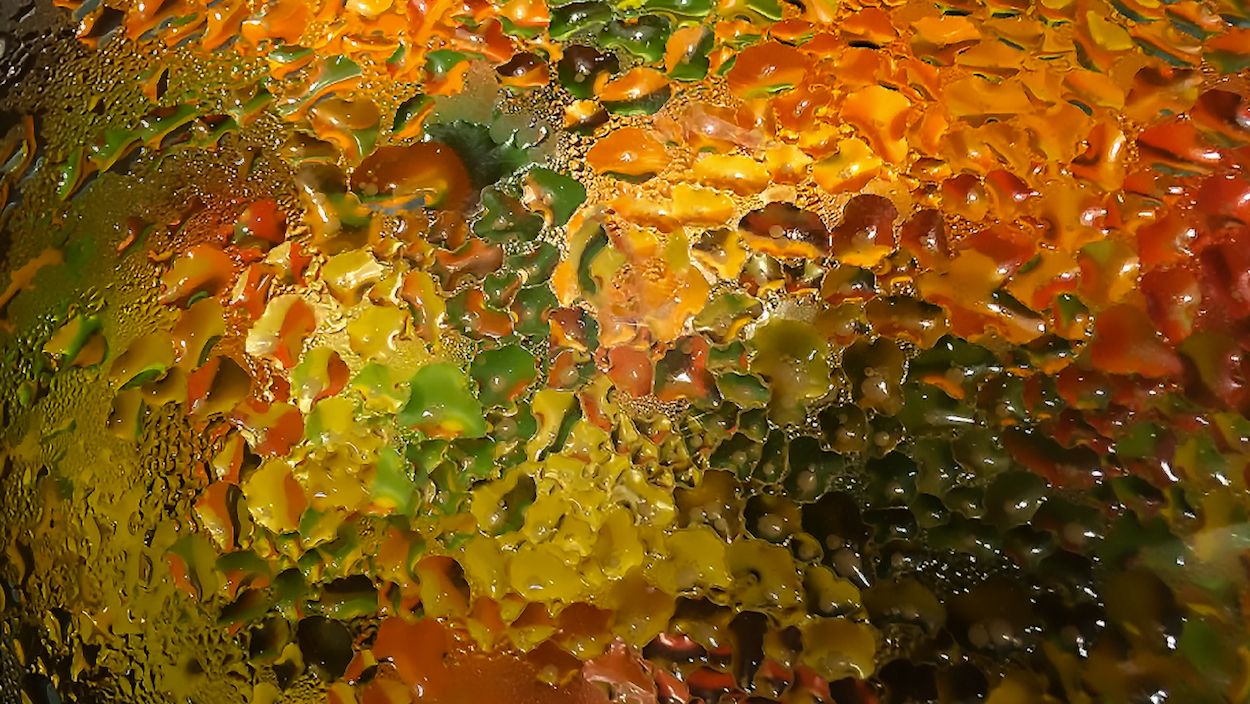
Edgerton would probably have agreed with her. He was adamant that he was an engineer and not an artist. But Abbott said that, “There is not art photography, news, documentary, scientific … there is only good and bad photography and from all categories of art — or not.” In her manifesto, “Photography and Science,” she assigns a duty to photographers from all fields — she calls for them “to be a friendly interpreter between science and the layman.”
The science and art in the exhibit seem to be playing leap-frog. Edgerton built high-speed cameras to answer a scientist’s inquiry. But the technology he developed expanded the possibilities for the art world. And the beautiful art in turn inspired more questions about how the world works.
But what starts the cycle? Edgerton said that he was motivated by the desire to be surprised. Frankel says that she wants to get people outside of science to wonder why.
I ask her why she cares what questions other people asked. Her response at first sounds like that of a scientist. “You’re educating people so that they can make good choices, so that society can make good choices,” she explains. But as she continues her words become less calculated, and she confides, “I want others to feel the joy I experience. Even [when I’m] at the lowest of the low, I can feel joy from learning something. We all have difficult times, but seeing the wonder of nature can bring us through. I want to share that.”
"Images of Discovery" at the MIT Museum runs through Jan. 10, 2017. More information on the museum and exhibit here.
Will Sullivan is an ARTery intern. He studies math and music and runs on the cross country and track teams at Swarthmore College.